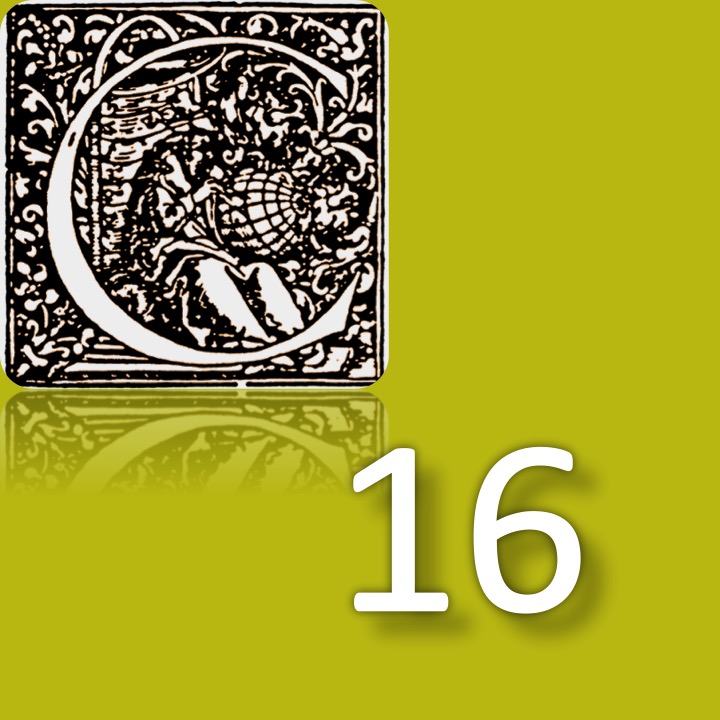Luso-Brazilian antiscorbutic herbs
Abstract
Not only Iberian physicians such as João Curvo Semmedo and Francisco Suárez de Rivera participated in the 17th and 18th-century endeavor of seeking cures for scurvy. Besides those Luso-Hispanic iatrochemists, at least three Portuguese-born surgeons who resided in the Brazilian colony also took part in this crusade. As detailed here Luis Gomes Ferreyra, Jozé Antonio Mendes and João Cardoso de Miranda – each in his own way – advocated that the herb popularly called mastruço in Portuguese (American wormseed in English) had antiscorbutic properties. Presently known as Coronopus didymus (L.) Sm., this plant was considered by Gomes Ferreyra to be identical with the one named erva-de-santa-maria (in English, lesser swine-cress) or Dysphania ambrosioides (L.) Mosyakin & Clemants. Incidentally, such confusion is still common in Brazil.Metrics
Metrics Loading ...
Downloads
Published
2015-12-11
How to Cite
Machline, V. C. (2015). Luso-Brazilian antiscorbutic herbs. Circumscribere International Journal for the History of Science, 16, 57–82. Retrieved from https://revistas.pucsp.br/index.php/circumhc/article/view/25684
Issue
Section
Dossier: Materia medica and pharmacy: from the medicinal virtues to the active principles of plants


.png)
